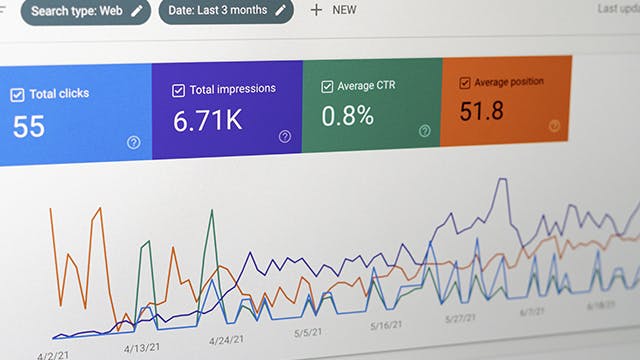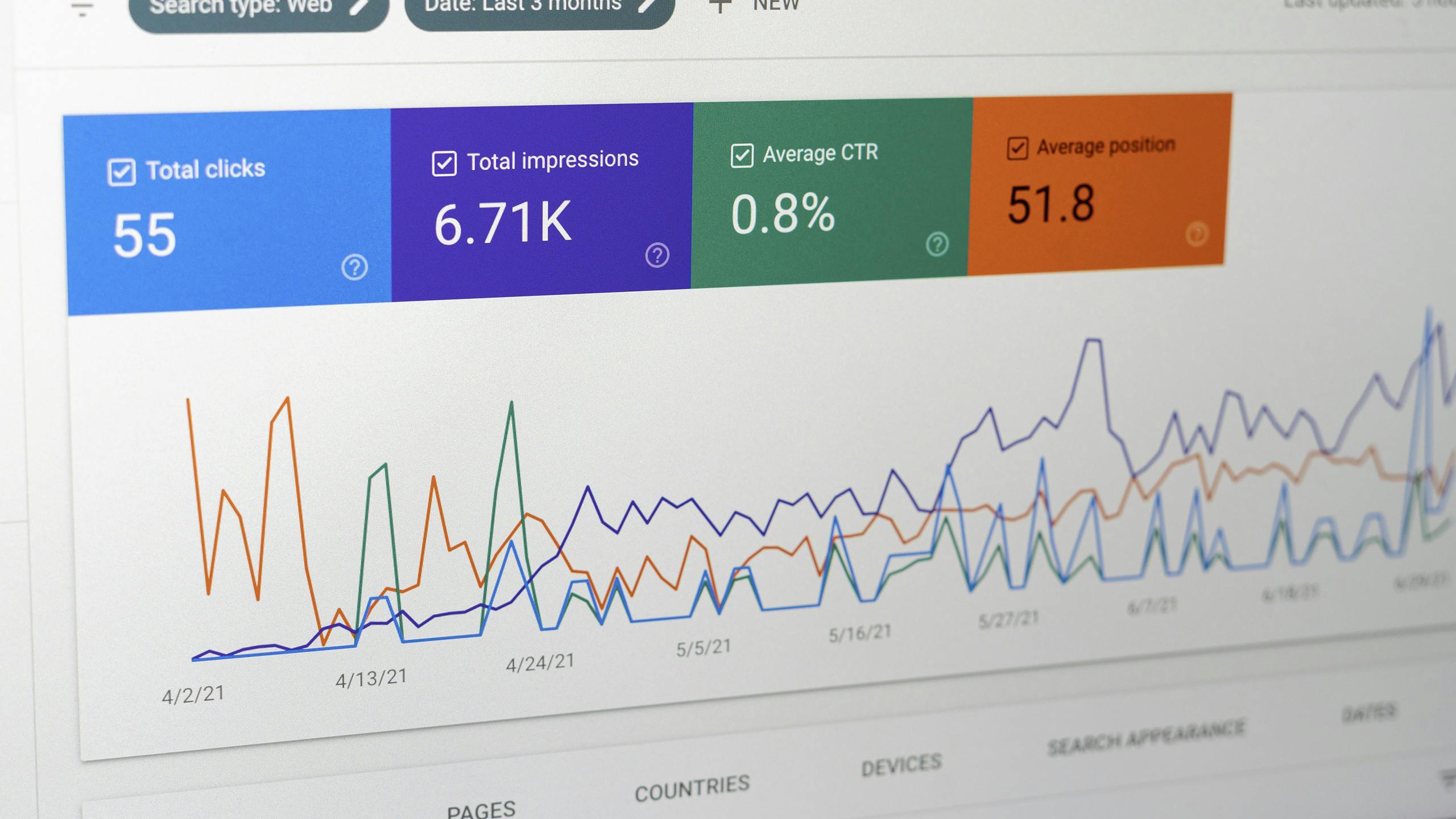How to use statistics in a fundraising appeal
How to use statistics in a fundraising appeal
Learn how successful appeal campaigns use statistics to enhance their storytelling.
Anticipating what parts of a fundraising appeal donors will respond to isn’t easy. Psychological studies have shown that individuals are influenced by different things when giving to charity, using a mix of emotion and logic to make decisions.
While your compelling story is aimed at the heart of your reader, statistics are directed at the head. Aiming for both will give you a greater chance of success.
With tax time fast approaching, here are five top tips on how to use statistics in your upcoming tax appeal.
“Use them to paint the bigger picture“
Statistics will prove your organisation is driven by facts as well as feelings. They help the donor understand the extent of the issue at hand, and give context. If you compare the two sentences below, you can see how the second uses statistics to develop a sense of urgency. It also uses easily digestible facts to show the scale of the problem.
Unfortunately, many people accessing our homelessness services are women impacted by family violence.
“Be specific“
Donors need to understand what difference their donation will make. If your campaign has a target, consider sharing it. Use statistics to communicate a tangible goal.
Additionally, using figures related to a state or region can appeal to a desire to help the local community. Here’s an example:
If 1,000 people support us today with a kind donation of just $35, we will be able to provide 100 new wheelchairs to children living with serious disabilities across New South Wales.
“Use a rational lift in your fundraising appeal pack“
As a copywriter, I don’t like to admit that many donors won’t read an entire appeal letter, or that some won’t be moved by an emotional story. But it’s true.
This is where a rational lift comes in, working to convert your more logical thinkers. It should be short, impactful, and make use of relevant facts and figures to support your request for a donation.
The biggest argument against including a lift in an appeal pack is the cost, but a great lift that boosts responses is well worth the investment.
“Think about renewal donors“
To get a return gift, you need to show the impact of a previous one. All fundraisers should know this golden rule – if your donor doesn’t know the impact of their previous donation, they are unlikely to give again.
“Use statistics sparingly, and ethically“
The story is the most important part of your appeal, so don’t overdo it with too many numbers and figures. And if your statistics aren’t a good fit, or you can’t back them up, leave them out.
It should go without saying, but if it’s not true, don’t put it in! In a fundraising appeal, statistics are important proof points. They validate the story you’ve chosen to tell, and they are essential to building data-driven fundraising culture.
If your appeal facts and figures are thin on the ground, consider whether you’ve chosen the right campaign. Statistics certainly aren’t everything to a donor, but they’re important because they speak to the credibility of the story you’re telling, and, ultimately, whether it’s worth a gift.

